Roy Eldridge - Miles Ahead (2018)
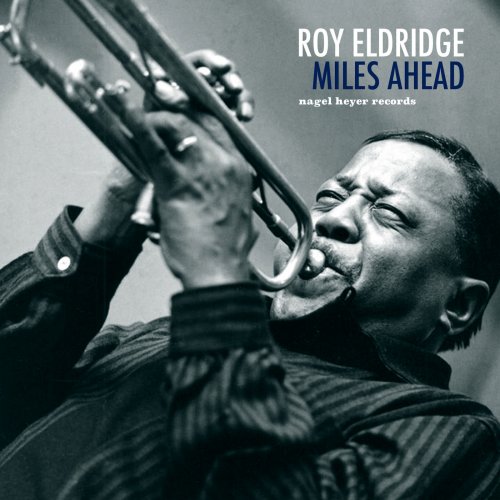
Artist: Roy Eldridge
Title: Miles Ahead
Year Of Release: 2018
Label: nagel heyer records
Genre: Jazz, Swing
Quality: FLAC (tracks) / MP3
Total Time: 2:08:43
Total Size: 765 / 300 MB
WebSite: Album Preview
Tracklist:Title: Miles Ahead
Year Of Release: 2018
Label: nagel heyer records
Genre: Jazz, Swing
Quality: FLAC (tracks) / MP3
Total Time: 2:08:43
Total Size: 765 / 300 MB
WebSite: Album Preview
01. Jazz Me Blues
02. Let Me off Uptown
03. Willow Weep for Me
04. That's a Plenty
05. Ja-Da
06. (What Did I Do to Be So) Black and Blue
07. Honey Hill
08. Rockin' Chair
09. Sweet Georgia Brown
10. Dale's Wail
11. Dreamy
12. Royal Garden Blues
13. I Remember Harlem
14. Blue Moon
15. When I Grow Too Old to Dream
16. How Long Has This Been Going On
17. Little Jazz
18. Stormy Weather
19. I Still Love Him So
20. Sweethearts on Parade
21. I'm Through with Love / The Nearness of You / Moonlight in Vermont / Summertime
22. De-Dar
23. They Can't Take That Away from Me
24. Gigantic Blues
25. The Song Is Ended
26. Please Don't Talk About Me When I'm Gone
27. Wailin'
28. Gypsy in My Soul
One of the most exciting trumpeters to emerge during the swing era, Roy Eldridge's combative approach, chance-taking style and strong musicianship were an inspiration (and an influence) to the next musical generation, most notably Dizzy Gillespie. Although he sometimes pushed himself farther than he could go, Eldridge never played a dull solo.
Roy Eldridge started out playing trumpet and drums in carnival and circus bands. With the Nighthawk Syncopators he received a bit of attention by playing a note-for-note re-creation of Coleman Hawkins' tenor solo on "The Stampede." Inspired by the dynamic playing of Jabbo Smith (Eldridge would not discover Louis Armstrong for a few years), Eldridge played with some territory bands including Zack Whyte and Speed Webb and in New York (where he arrive in 1931) he worked with Elmer Snowden (who nicknamed him "Little Jazz"), McKinney's Cotton Pickers, and most importantly Teddy Hill (1935). Eldridge's recorded solos with Hill, backing Billie Holiday and with Fletcher Henderson (including his 1936 hit "Christopher Columbus") gained a great deal of attention. In 1937 he appeared with his octet (which included brother Joe on alto) at the Three Deuces Club in Chicago and recorded some outstanding selections as a leader including "Heckler's Hop" and "Wabash Stomp." By 1939 Eldridge had a larger group playing at the Arcadia Ballroom in New York. With the decline of Bunny Berigan and the increasing predictability of Louis Armstrong, Eldridge was arguably the top trumpeter in jazz during this era.
During 1941-1942 Eldridge sparked Gene Krupa's Orchestra, recording classic versions of "Rockin' Chair" and "After You've Gone" and interacting with Anita O'Day on "Let Me Off Uptown." The difficulties of traveling with a White band during a racist period hurt him, as did some of the incidents that occurred during his stay with Artie Shaw (1944-1945) but the music during both stints was quite memorable. Eldridge can be seen in several "soundies" (short promotional film devoted to single songs) of this era by the Krupa band, often in association with O'Day, including "Let Me Off Uptown" and "Thanks for the Boogie Ride." He is also very prominent in the band's appearance in Howard Hawks' Ball of Fire, in an extended performance of "Drum Boogie" mimed by Barbara Stanwyck, taking a long trumpet solo -- the clip was filmed soon after Eldridge joined the band in late April of 1941, and "Drum Boogie" was a song that Eldridge co-wrote with Krupa.
Eldridge had a short-lived big band of his own, toured with Jazz at the Philharmonic, and then had a bit of an identity crisis when he realized that his playing was not as modern as the beboppers. A successful stay in France during 1950-1951 restored his confidence when he realized that being original was more important than being up-to-date. Eldridge recorded steadily for Norman Granz in the '50s, was one of the stars of JATP (where he battled Charlie Shavers and Dizzy Gillespie), and by 1956, was often teamed with Coleman Hawkins in a quintet; their 1957 appearance at Newport was quite memorable. The '60s were tougher as recording opportunities and work became rarer. Eldridge had brief and unhappy stints with Count Basie's Orchestra and Ella Fitzgerald (feeling unnecessary in both contexts) but was leading his own group by the end of the decade. He spent much of the '70s playing regularly at Ryan's and recording for Pablo and, although his range had shrunk a bit, Eldridge's competitive spirit was still very much intact. Only a serious stroke in 1980 was able to halt his horn. Roy Eldridge recorded throughout his career for virtually every label. ~ Scott Yanow
Roy Eldridge started out playing trumpet and drums in carnival and circus bands. With the Nighthawk Syncopators he received a bit of attention by playing a note-for-note re-creation of Coleman Hawkins' tenor solo on "The Stampede." Inspired by the dynamic playing of Jabbo Smith (Eldridge would not discover Louis Armstrong for a few years), Eldridge played with some territory bands including Zack Whyte and Speed Webb and in New York (where he arrive in 1931) he worked with Elmer Snowden (who nicknamed him "Little Jazz"), McKinney's Cotton Pickers, and most importantly Teddy Hill (1935). Eldridge's recorded solos with Hill, backing Billie Holiday and with Fletcher Henderson (including his 1936 hit "Christopher Columbus") gained a great deal of attention. In 1937 he appeared with his octet (which included brother Joe on alto) at the Three Deuces Club in Chicago and recorded some outstanding selections as a leader including "Heckler's Hop" and "Wabash Stomp." By 1939 Eldridge had a larger group playing at the Arcadia Ballroom in New York. With the decline of Bunny Berigan and the increasing predictability of Louis Armstrong, Eldridge was arguably the top trumpeter in jazz during this era.
During 1941-1942 Eldridge sparked Gene Krupa's Orchestra, recording classic versions of "Rockin' Chair" and "After You've Gone" and interacting with Anita O'Day on "Let Me Off Uptown." The difficulties of traveling with a White band during a racist period hurt him, as did some of the incidents that occurred during his stay with Artie Shaw (1944-1945) but the music during both stints was quite memorable. Eldridge can be seen in several "soundies" (short promotional film devoted to single songs) of this era by the Krupa band, often in association with O'Day, including "Let Me Off Uptown" and "Thanks for the Boogie Ride." He is also very prominent in the band's appearance in Howard Hawks' Ball of Fire, in an extended performance of "Drum Boogie" mimed by Barbara Stanwyck, taking a long trumpet solo -- the clip was filmed soon after Eldridge joined the band in late April of 1941, and "Drum Boogie" was a song that Eldridge co-wrote with Krupa.
Eldridge had a short-lived big band of his own, toured with Jazz at the Philharmonic, and then had a bit of an identity crisis when he realized that his playing was not as modern as the beboppers. A successful stay in France during 1950-1951 restored his confidence when he realized that being original was more important than being up-to-date. Eldridge recorded steadily for Norman Granz in the '50s, was one of the stars of JATP (where he battled Charlie Shavers and Dizzy Gillespie), and by 1956, was often teamed with Coleman Hawkins in a quintet; their 1957 appearance at Newport was quite memorable. The '60s were tougher as recording opportunities and work became rarer. Eldridge had brief and unhappy stints with Count Basie's Orchestra and Ella Fitzgerald (feeling unnecessary in both contexts) but was leading his own group by the end of the decade. He spent much of the '70s playing regularly at Ryan's and recording for Pablo and, although his range had shrunk a bit, Eldridge's competitive spirit was still very much intact. Only a serious stroke in 1980 was able to halt his horn. Roy Eldridge recorded throughout his career for virtually every label. ~ Scott Yanow
![Ben Aylon, Roei Hermon - SMALL ROOM IN DAKAR (2025) [Hi-Res] Ben Aylon, Roei Hermon - SMALL ROOM IN DAKAR (2025) [Hi-Res]](https://www.dibpic.com/uploads/posts/2025-12/1765640683_pl8lfacmwajwc_600.jpg)
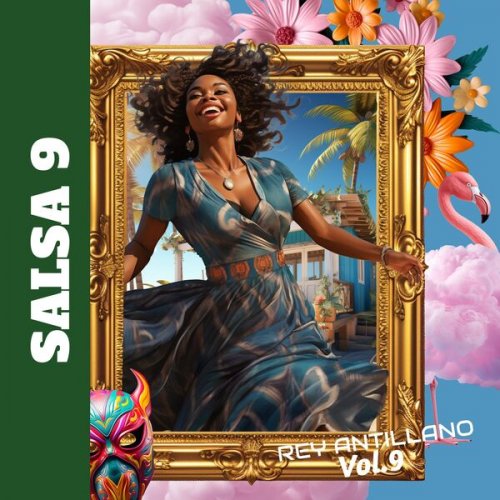
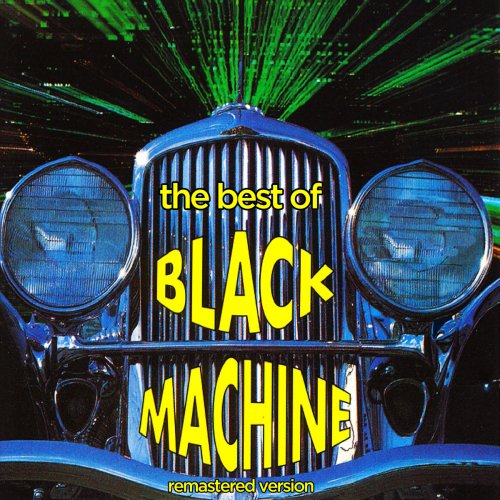
![Norbert Schneider - Guitar Speaks (2025) [Hi-Res] Norbert Schneider - Guitar Speaks (2025) [Hi-Res]](https://www.dibpic.com/uploads/posts/2025-12/1765494310_j09zk3wvbwioc_600.jpg)

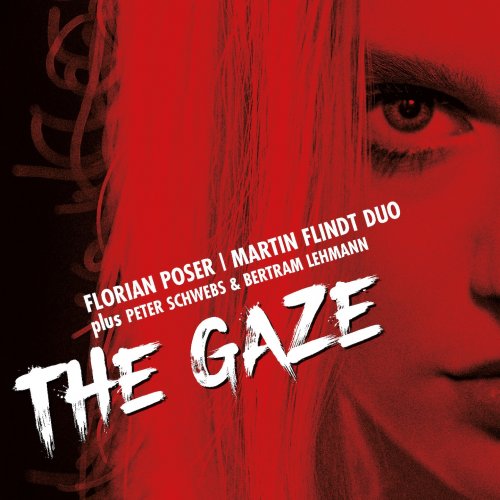
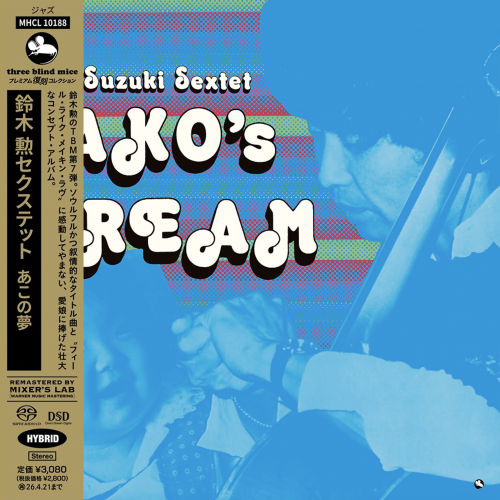
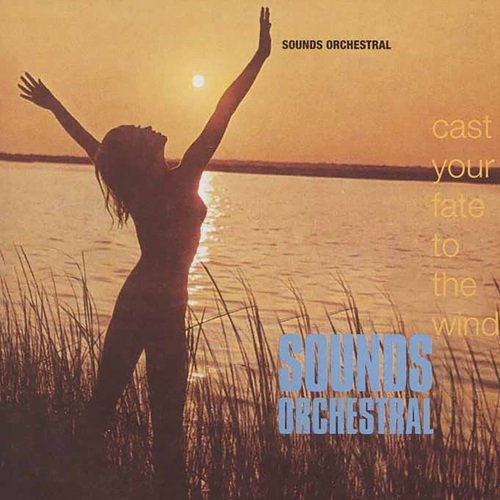
![Frank Sinatra - Christmas (Remastered) (2013) [Hi-Res] Frank Sinatra - Christmas (Remastered) (2013) [Hi-Res]](https://www.dibpic.com/uploads/posts/2025-12/1765618088_fsc500.jpg)